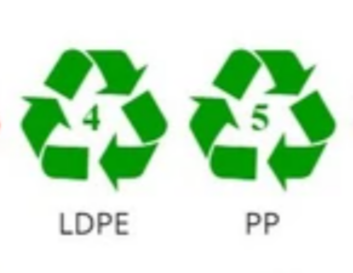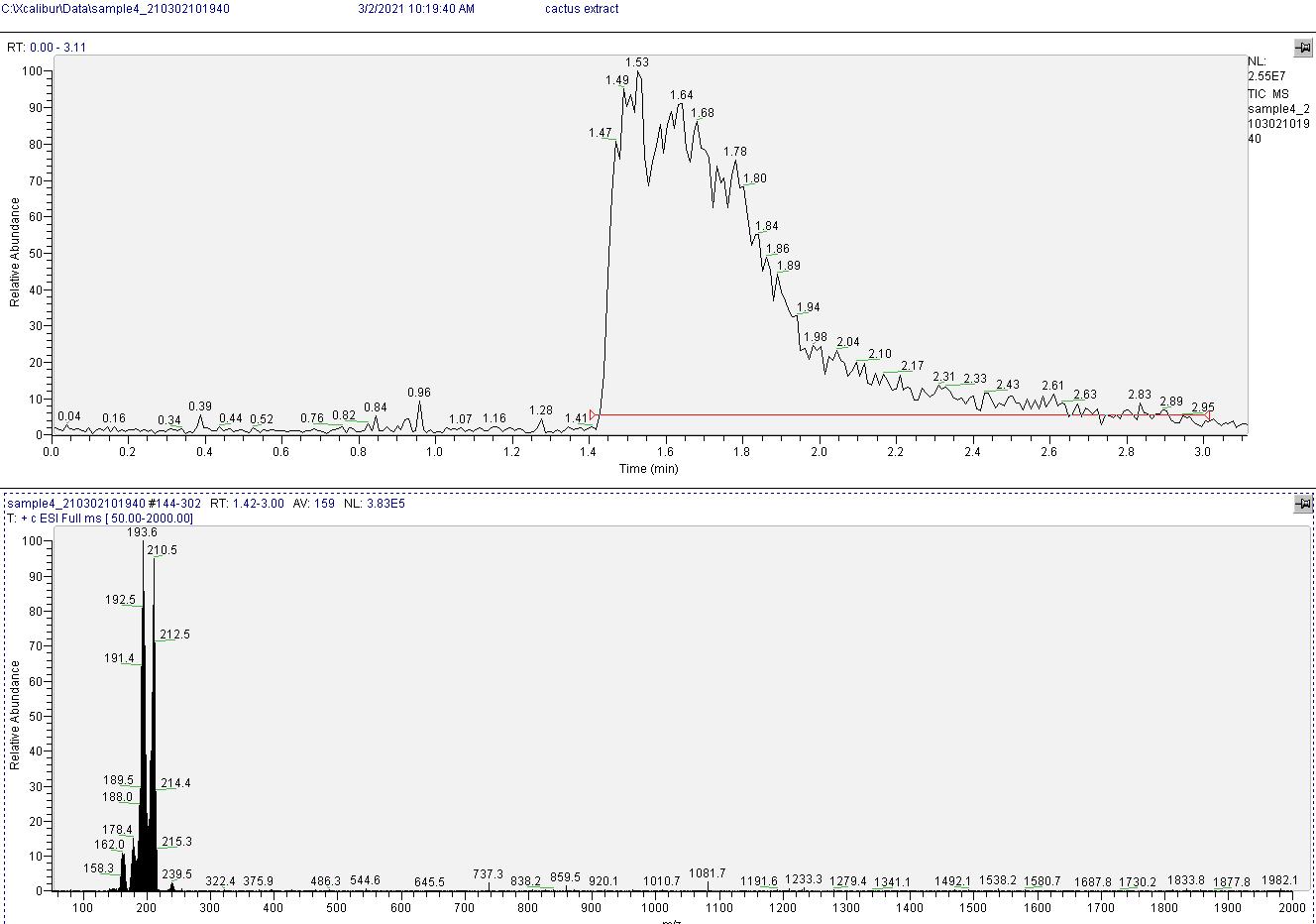Difference between revisions of "Chilled Acetone with IPA and Naphtha"
(→Dry) |
|||
| Line 9: | Line 9: | ||
| − | In this TEK, aqueous cactus paste is broken down with microwave radiation, basified with lime, made clumpy with CaCl2, and extracted with ethyl acetate. The extract is chemically dried and salted with citric acid to precipitate mescaline citrate crystals. | + | In this TEK, aqueous cactus paste is broken down with microwave radiation, basified with lime, made clumpy with CaCl2, and extracted with ethyl acetate. The extract is chemically dried and salted with citric acid to precipitate mescaline citrate crystals. |
| + | |||
| + | |||
| + | {{materials_list | ||
| + | | | ||
| + | * '''Syrian Rue''' (seeds) | ||
| + | | | ||
| + | * '''Water''' | ||
| + | | | ||
| + | * '''Salt''' (Kosher Salt, Rock Salt or Iodine Free Table Salt) | ||
| + | * '''Vinegar, Fumaric Acid or Citric Acid''' | ||
| + | * '''NaOH or Sodium Carbonate''' | ||
| + | | | ||
| + | * '''2 Funnels''' | ||
| + | * '''2 Big Collection Jars''' | ||
| + | * '''Coffee Filters''' | ||
| + | * '''Cotton Balls''' | ||
| + | * '''1 Large Pot''' | ||
| + | * '''1 Small Pot''' | ||
| + | * '''1 Metal Screen / Strainer''' | ||
| + | * '''Syringe/Pipette/Turkey Baster''' | ||
| + | * '''Patience''' | ||
| + | }} | ||
| + | |||
== Materials == | == Materials == | ||
Revision as of 10:04, 6 March 2021
Contents
Introduction
CIELO stands for Crystals In Ethyl-acetate Leisurely OTC (Over The Counter).
In this TEK, aqueous cactus paste is broken down with microwave radiation, basified with lime, made clumpy with CaCl2, and extracted with ethyl acetate. The extract is chemically dried and salted with citric acid to precipitate mescaline citrate crystals.
Materials
- Quart jars with LDPE or PP plastic lids (e.g. below)
- Food scale
- 300g water
- 100g powdered dry cacti
- Microwave
- 25g Ca(OH)2 (lime)
- Anhydrous MgSO4
- ~ 1000g ethyl acetate ("MEK substitute")
- pH paper (optional)
- Citric acid
- Anhydrous ethyl acetate
Safety
Review ethyl acetate's safety information[1] and check the manufacture's MSDS to verify you have pure ethyl acetate.
Each adult individual needs to find and review any other relevant safety information throughly and make their own personal decision on proceeding.
Process
Paste
Mix water and cactus powder. Microwave in short bursts (avoid swelling over the jar). Stir frequently and keep track of evaporation water loss with a food scale. Paste color will change from green to tan. Once ~50g of water evaporate microwaving is complete.
Mix in lime until homogeneous and then CaCl2 until paste breaks up into small spongy chunks.
Pull
Add ~ 200g of ethyl acetate to the paste making the jar ~3/4 full and seal with proper lid. Extract for a few hours regularly shaking for several minutes. Decant extract to a second jar.
Pull three more times. Progress can be monitored with pH paper (green color indicates free base presence). Paste will change during the pulls. If solvent becomes trapped in a gunky paste, adding CaCl2 should free it up.
Combined pulls will give ~a quart of clear yellow extract. Optionally, more pulls can be done into a different jar for a modest yield improvement.
Dry
Dry extract with anhydrous MgSO4 (~4g per 100g of extract)[2]. Decant clear solution to a third jar.
Salt
Add ~250mg (~1/16 tsp) of citric acid into the extract and place in fridge. Clouds form and after a few hours settle as beautiful mescaline citrate xtals. If xtals have difficulty forming, move extract to freezer. If xtals do not form even in the freezer, there was an issue with the TEK. It should still be possible to recover any product in the solvent with water pulls as is done in other TEKs.
Every 10mg of citric acid (CitH3) reacts with enough free base mescaline (Mes) to precipitate up to 43mg of mescaline citrate:
Salting is complete if no clouds form after adding more citric acid (e.g. ~ 50mg), or optionally if pH paper is neutral/acidic. A 250mg of citric acid should be more than enough for the typical cactus (0.5% to 1% yield). However, and outlier like the legendary Ogun would need ~1100mg of citric acid for a 4.7% yield.
Over acidifying is not a big concern. There is room for a lot of excess citric acid in solution since several grams can dissolve in a quart of ethyl acetate.
Finish
Pour off ethyl acetate into a storage container for reuse. A filter can help catch any crystals that accidentally pour out if needed. Rinse xtals with fresh anhydrous ethyl acetate (dried over anhydrous MgSO4) at least once. Optionally, continue rinsing until yellow color is removed to personal cosmetic satisfaction. Leave xtals uncovered to evaporate all residual solvent, this is the final product. If desired, the product can be dissolved in minimal warm water and passively evaporated undisturbed to obtain long crystal needles.
Mass spectrometry results indicate the product is very clean mescaline. See image below, peaks near 210 and 194 are from mescaline (second peak is from amine cleavage during measurement).

